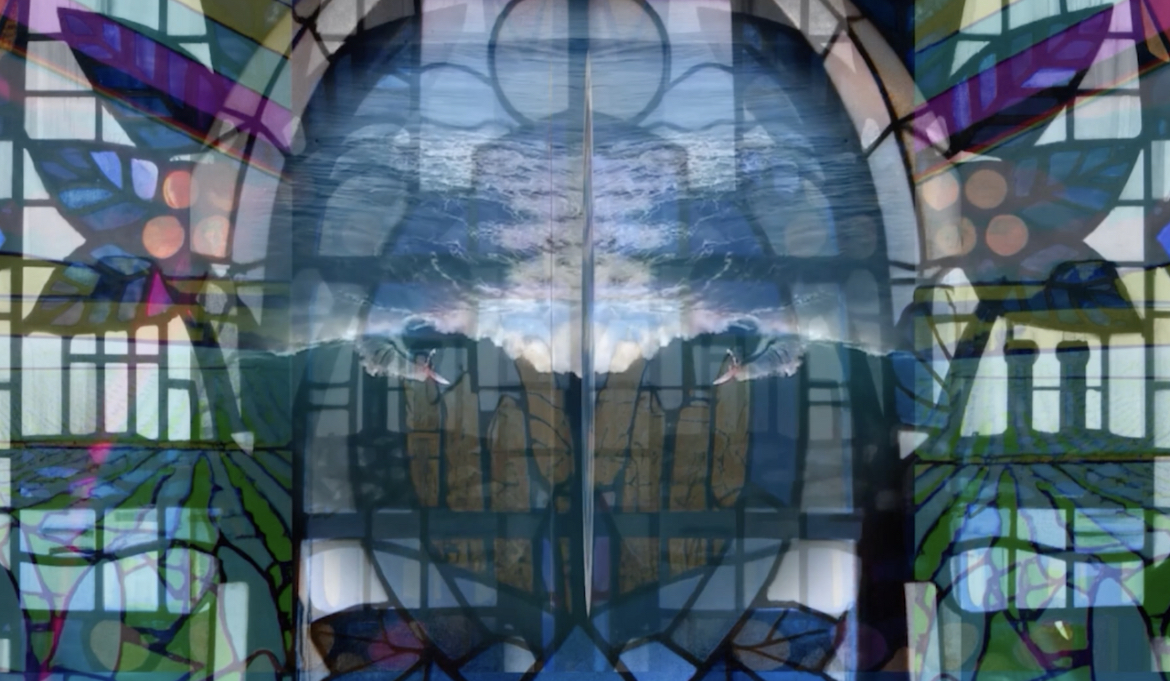- A Paradise, A Veritable Garden –Anne Mosey
- A Paradise, A Veritable Garden –Anne Mosey
- A Paradise, A Veritable Garden –Anne Mosey
- A Paradise, A Veritable Garden –Anne Mosey
A Paradise, A Veritable Garden
Anne Mosey
16 March–
13 April 1996
Curated by: Janis Bowley
A Paradise, A Veritable Garden
Anne Mosey
Curated by: Janis Bowley
A Paradise, A Veritable Garden
The Or Gallery is pleased to present an installation by Australian artist Anne Mosey. This new work negotiates the position of colonization in relation to the exploration and exploitation of land.
The installation includes text and imagery from Mosey’s great great grandfather’s journal; the English explorer Peter Egerton Warburton and also imagery in the form of sets of pressed flowers, both English and Central Australian, with their Latin and Warlpiri (an Aboriginal language) names. This use of botanical specimens refers to the contrasts experienced by the explore between the flowers of his home in Cheshire, England and the plants and flowers he has experienced on his journeys across Central Australia in 1872-4. The idealized garden of his childhood home acted as the measure by which all other unfamiliar plants were judged and dismissed. This installation focuses on the expectations and memories carried by the English explorers as they travelled across Australia and how that affected their ability and desire to view the landscape and its plants. Mosey, who lives in Central Australia, retraced her ancestor’s journeys over the past years and produced a body of work based on this research.
There is a publication including excerpts from Warburton’s journals accompanying this exhibition.
NOTE: This is the final exhibition in the 1994/95/96 programming by Janis Bowley at the OR Gallery.
Catalogue-
In 1873 my great great grandfather, Colonel Peter Egerton-Warburton travelled by camel with six white men and one Aboriginal from the centre of Australia to the far west coast, being the first Europeans to do so. His journal records his attitudes to the landscape he travelled across. His feelings were coloured by the fact that the journey took eighteen months instead of the projected three months and that there was a constant and desperate search for water and food. The Aboriginal member of the party saved their lives on several occasions. The country was a semi-arid desert, with thousands of parallel red sand dunes.
I have driven or walked across much of his track with Aboriginal friends over the last eight years and I have come to a far greater understanding of the nature of their rich and haunting country and to their view of it as a garden providing a constant source of foods available for gathering.
In 1994 I went to England to see the garden that Warburton grew up with at Arley Hall in Cheshire. I found a garden of brilliant colours with planned formal walkways and sculptured yew hedges, dating fron’! 1750.After leaving Arley Hall as a young man,Warbuton lived in India and Australia. I believe that the images, shapes and colours of his childhood garden may have affected his view of these landscapes.
Aconitum; Monkshood; Woifs-bane – Handsome plants with mostly smooth, palmately divided foliage and spikes of curious helmet-shaped flowers. They make pleasing contrasts with heleniums) phlox and chrysanthemums.
The country traversed was in the main, barren and inhospitable – a dreary waste, a howling wilderness.
Actinomeris; North American Sunflower – Hardy herbaceous perennials of the sunflower type. Flower in sun or semi-shade.
May 5th – Started Northwest by West over sandy scrub. Nothing but spinifex, mulga and casuarina forest all day. Not a scrap of feed or a drop of water in the country.
Alstoemeria; Peruvian Lily; Lily of the Incas – They make fine bright subjects for the border and may be grown in any situation. Cultivation should reach three feet.
May 24th – It was a most uncomfortable place for us) the ants swarmed over everything and over us. We drank the health of ‘the Queen’, this being her Majesty’s birthday.
Althae; Hollyhock – A fine landscape plant is the hollyhock) a general favourite with most gardeners. A native of China) it came to Britain from the Orient about 1573 and has been a popular garden plant ever since.
June 6th – The setting sun of the previous day had painted the prospect ahead in fairer colours than the reality of the rising sun confirmed. Reached the camp by 7pm.
Aquilegia; Columbine – the dainty columbine are almost too well known to need description and there can be few who will not appreciate their charms in the border.
June 27 – I sent the camels on, and went with one companion to the top of a small ironstone hill; the view was anything but cheerful.
Delphinium; Larkspur – There can be but few who do not admire their stately habit and wondeiful blue colour range.
July 19th – Six natives came to the camp. They were fine, well made men, most of them bearded and considering the wretched hand-to-mouth life they lead, were in very fair bodily condition.
Gentiana; Gentian – A very large family) many fastidious and difficult to grow. Some appreciate sun but others prifer partial shade.
August 10th – We had great expectations of this place, but distance had deceived us. The hill is rubbish and we obtained no hopeful view from it. There are signs of some natives on some yam-ground near it.
Excerpts taken from: Journey Across the Western Interior of Australia’ by Colonel Peter Egerton-Warburton, C.M.G. (1875), ‘The Herbaceous Border’ by Prances Perry, EL.S. (1948)




